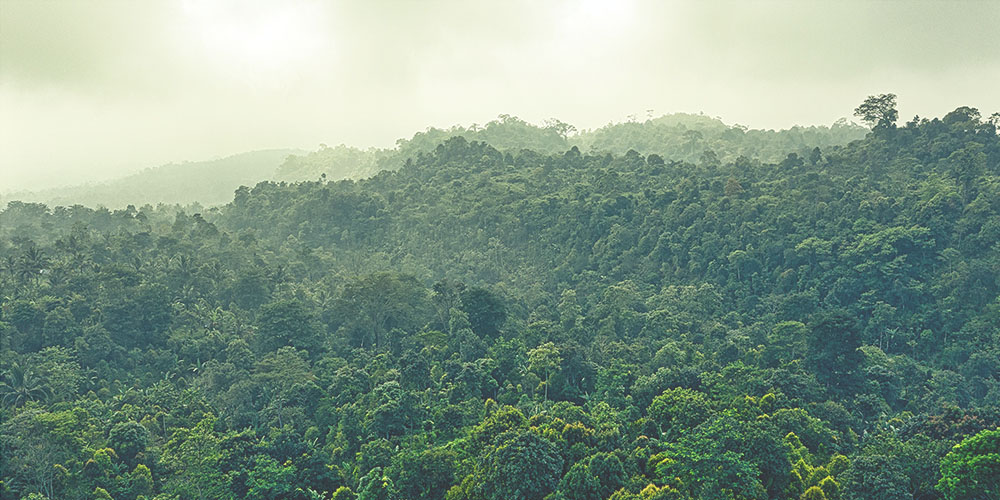Find Activities and Curriculum
Inspire young people connect with the environment through hands-on, multidisciplinary
activities for all
grades, settings and subject levels
Filter Selected:
Mapping the World’s Forests
A holistic system of global ecological zones is now used to classify the world’s forests. In this activity, students examine this system to see how temperature and moisture determine the type of forest in a given locale.
What Is a Forest?
Dozens of official definitions of the term forest are in use throughout the world. In this activity, students analyze various definitions of this term and then consider different cultural perspectives that affect people’s perceptions of forests.
Making the Global Connection
Students create and conduct a survey to help them determine how they and others view themselves as linked to forests around the world.
Words to Live By
Students express their own views about forests and explore different perspectives by reading excerpts from the writings of different authors.
Climate Change and Forests
Students use a carbon footprint calculator to analyze their personal effect on carbon dioxide (CO2) levels in the atmosphere, calculate the amount of carbon stored in a single tree, and explore how carbon sequestration can affect CO2 levels.
Forest Invaders
Students consider what makes invasive species a problem for forest ecosystems, work in teams to present different methods of controlling an invasive species, and conduct research to find out how invasive species may affect their local forest.
Forest to Faucet
Students identify local watersheds and their forest cover, analyze a specific watershed in Maine, and evaluate the extent to which their own community’s water supply is affected by forests and forest management.
The Nature of Fire
Students learn about the role of fire in forest ecosystems, examine issues of fire in the wildland-urban interface, and conduct a wildfire safety assessment in their community.
Tough Choices
Students read and discuss several short articles and will propose solutions to real-life forest dilemmas.
Who Owns America’s Forests?
Students research forest ownership in the United States, interview forest landowners about changes they have experienced, and analyze scenarios to learn about the complexities of intergenerational forestland transfer.
Story of Succession
Students learn about succession by studying the reestablishment of ecological communities following the 1980 volcanic eruption of Mount St. Helens and by setting up experimental plots to observe successional changes over time.
Monitoring Forest Health
Students conduct a forest health checkup of a local forest area, will take forestry measurements, and will evaluate the ecological services provided by trees and forests.
Three Cheers for Trees
Each day trees provide many benefits for all people. Through these experiences, children explore the many products and benefits that trees provide.
Trees as Habitats
Children discover how plants and animals depend on trees by taking a walk, acting out a story, and investigating tree parts.
To Be A Tree
Trees are a lot like people—with limbs, trunks, and skin. Through these experiences, children make a tree costume and explore the parts of a tree.



